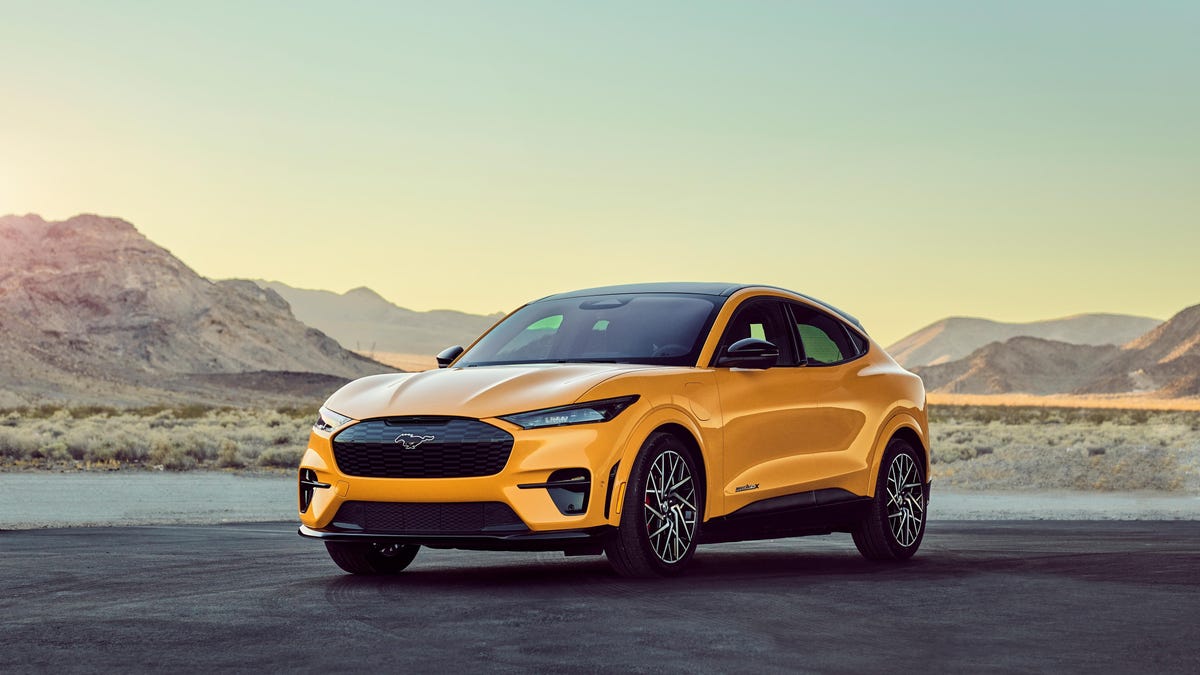2021 Ford Mustang Mach-E an IIHS Top Safety Pick
Ford's all-electric filly has proved extremely safe in rigorous crash testing, earning the second-highest score from the Insurance Institute for Highway Safety.

The Ford Mustang Mach-E SUV offers performance, style, versatility and now loads of safety, too.
Electric vehicles aren't for everyone, at least not yet. Range concerns, higher upfront costs and questionable charging infrastructure are a few of things limiting their mass-market appeal. But safety isn't one of them, something underscored by the Ford Mustang Mach-E SUV, which was just evaluated by the Insurance Institute for Highway Safety.
This battery-powered pony earned a Top Safety Pick score from IIHS, the organization's second-highest rating. To drive away with this coveted honor, a vehicle must achieve a "good" grade in six separate IIHS crash tests: driver- and passenger-side small overlap front, moderate overlap front, side, roof strength and head restraints, but that's not all. A vehicle's headlights must also be rated "good" or "acceptable," and its front crash-prevention technology must work in both vehicle-to-vehicle and vehicle-to-pedestrian scenarios and be rated either "advanced" or "superior."
So, what held the Mustang Mach-E back from earning a Top Safety Pick Plus score, IIHS' best rating? In short, the headlights. This filly's LED projector lamps that are available on Premium, GT and First Edition models are rated "good," so that's, um, good, but the LED reflector assemblies offered on the Select and California Route 1 models are only "marginal," providing inadequate illumination on some curves, at least according to IIHS -- a real shame.
Despite their generally husky curb weights, electric vehicles like the Mach-E are proving to be extremely safe. IIHS analyzed insurance information and found that claims are substantially lower for battery-powered vehicles, a trend worth keeping an eye on. Recently updated data showed that between 2011 and 2019, the rate of injury claims for EV drivers and passengers are about 40% lower than they were for identical conventional vehicles. The reason for this? According to IIHS, "[The] occupants of heavier vehicles are exposed to lower forces in multi-vehicle crashes."

